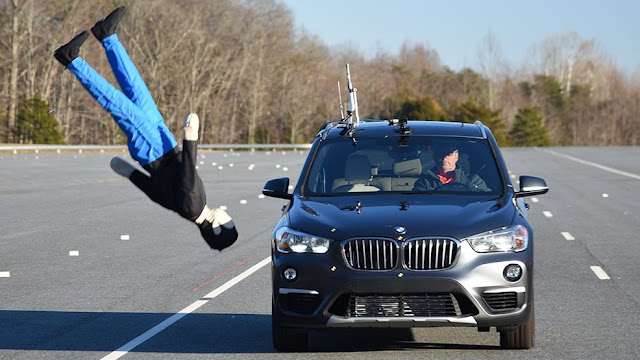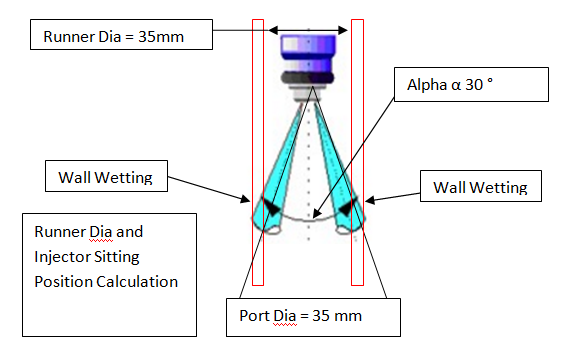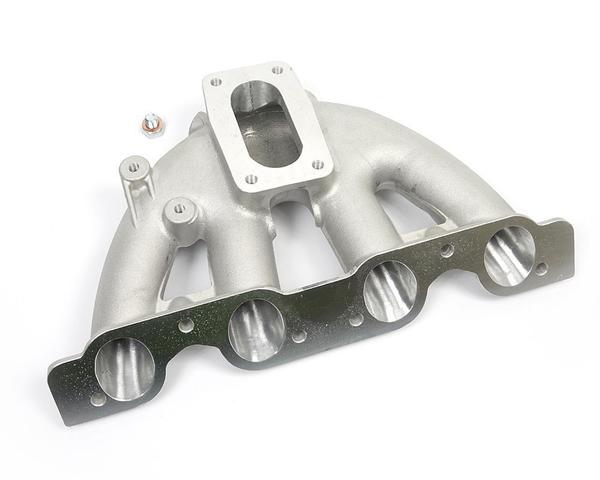Brake System Vehicle Level Review, Components, Inner Parts and Function for Racing Vehicle and Sports Car
Brake System Review, Components, Parts and Physics for Racing Vehicle and Sports Car
Know-how Required
Different Types of Weight of Car, front and real calipers, Brake Pad, Brake Fluid Volume, front to rear weight bias, rear traction, lower polar moment of rotation, Skid, Tyre Thread Design, Car Center of Gravity and many more technical terms
Brake System Review of racing car and sports vehicle is more complex considering very high value of g, jerk, skid, drift and topple problem. For engine components intake manifold, throttle, fuel injectors please read previous blog.
Race vehicle acceleration might
go up to 5g; frequent breaking a 545 Kg vehicle at high acceleration is very
tiring job for driver (Guiggiani, 2014, p.107). Basic brake design challenges,
cause/effect of specifications and requirements are explained in Table 1 and
Table 2 below. We can further improve
braking if vehicle centre of gravity height is lowered and shifted near to rear
wheel and Wheel Base is increased(Heißing & Ersoy, 2010,p.111). However it
comes under chassis design and required complete design change subsequently we
have assumed that chassis design parameters are based on brake design and then try to further optimize
brake parameters such as pedal liver ratio, calipers piston diameter and master
cylinder bore.
It is proposed to use hydraulic
brake to meet formula Ford rules. Hydraulic brake is light weight, low cost,
easy to layout and does not require external power (Erjavec, 2003, pp. 49-67). Front
Rear Split Brake is preferred over Diagonal Split Layout because larger front weight
transfers while braking in high speed racing. Maximum 2 Piston are allowed per
wheel with maximum diameter 45mm consequently to minimize applied force from driver,
Master cylinder diameter will not be kept too low so pedal liver ratio has been
increased up to 5 (Scraba, 2007, pp.90-92) . At 1g, driver can apply breaking
force approximately near to his/her weight (Assume 75Kg) this can cause brake
pipe pressure up to 200 Bar accordingly seamless Cu-Ni Alloy pipe with flare
end will be used for safe brake pipe design (Lipowsky & Arpaci, 2008,
p.125); for further safety improvement Brake Pressure Sensor has been assembled,
this will detect any leakage in brake system.
It is
considered that Total weight of car 5346N (545Kg), Wheel base 2700mm, Front
Axle to centre of gravity distance 1900mm and height of centre of gravity
350mm. Static vehicle weight distribution would have be around 33/66 for
front/rear respectively then common child part of calipers and brake disc/pad would
have been used for both front and rear wheel brake.
Front and rear calipers piston
has been kept 45mm to use common part for cost reduction however to avoid rear
wheel lock we have reduced mean effective radios of rear disc and softer
material has been used for rear brake disc/pad. Mean effective radios of
braking disc is 230mm and 200mm for front and rear respectively. Most importantly disc and pad material
selection depends on formula ford race track layout, number and curvature of
corner and environmental condition so physical braking distance test and
endurance test will be done on actual formula ford race track only.
End of Life Vehicle regulation does not permit
Asbestos as Brake Pad. Carbon sintered steel will be used for brake pad as it
is long lasting so it will be good for formula ford race track. Front Rear Split Brake is proposed due to
front weight transfer while braking however weight distribution in static
condition plays major role is deciding front and rear brake calipers piston diameter
and disc size.
The pads and rotors wear at
analogous rates consequently they must not become too thin. Rotor disc is sized
to provide a thermal mass that is capable of absorbing and dissipating breaking
heat without oxidizing or melting. Calipers clamping force can be regulated for
front and rear brake with help of brake bias adjuster.
Tyre thread wear rating governs
wet and dry traction so selection of good tyre is very significant though it is
fixed by formula ford rules. Large diameter rotor generates greater force to
stop wheel. A thick and vented rotor which can adjusts amount of cooling air will
be suitable for formula ford. Brake rotor material affects its thermal
characteristics, friction and wear properties. Pad coefficient of friction
varies with its temperature therefore for variable friction, larger rotor
diameter and tyre traction ability calibration must be done for different
braking condition. Multiple piston
calipers offer force is distributed across the pads better, yielding a better
contact area. Also Total brake fluid volume is lesser, so more clamping force
is achieved. Unmarked calipers disk rotation will leads to uneven pad wear,
noise, and piston damage.
The brake force bias must be such
that the rear brakes never lock up before the fronts. If the rear tires lock up
before the front tyre, then center of mass will travel arbitrarily. Higher
(66%) rear weight gives a good front to rear weight bias, rear traction, lower
polar moment of rotation and easy handling.
Child Part
|
Requirement
|
Material
|
Manufacturing
|
Cost
|
Weight
|
Life
|
Design Review
|
Brake
Pipe
|
Burst Pressure =200
Bar Min
OD= 10mm Max ID=5mm Min Factor of Safety 5 Min |
Steel
Pipe
|
Multi
layer Seamless Piping with flared end
|
A
|
B
|
B
|
Ni- Alloy Brake pipe
is safe and have good life.
Ni- Alloy has higher Ultimate Tensile Strength so less material thickness pipe can be used. For same burst Pressure weight of Ni Apply pipe is least. |
Cu
Alloy
|
B
|
B
|
A
|
||||
Cu Ni Alloy *
|
C
|
A
|
A
|
||||
Brake
Oil
|
No Compressibility,
Anti Hygroscopic, High Dry/Wet Boiling Point, Fix Viscosity |
Silicone-based
|
Chemical
Process
|
B
|
/
|
B
|
Anti Hygroscope
property is better for glycol based fluid because water does not mix in
it. Glycol based fluid will be used in
brake.
|
¤ Glycol Based
|
B
|
/
|
A
|
||||
Disc
|
Mean Effective Radios
= 250mm,
Thickness = 20 mm Weight = 2 Kg Max |
Grey
Iron
|
Casting
|
A
|
C
|
B
|
Grey Iron is very
heavy and chances of rust are high. Siliconized carbon is very costly.
Reinforced Carbon will be used for Disc as it has long life and safe. |
Siliconized
carbon
|
Sintering
|
C
|
A
|
A
|
|||
^Reinforced Carbon
|
Sintering
|
B
|
A
|
A
|
|||
Piston
|
Dia =45mm,
Burst Pressure = 200 Bar |
Steel
|
Casting/Machining
|
A
|
C
|
B
|
Aluminum (ADC12) has
lesser weight so Al Piston will be used. (HPDC: high Pressure Die Casting)
|
Titanium
|
Casting/Machining
|
C
|
A
|
A
|
|||
ADC12#
|
HPDC,
Machining
|
B
|
B
|
B
|
|||
Master
Cylinder
|
Bore =10mm, Capacity =
15cc, Burst Pressure = 200 Bar
|
Steel
|
Casting/Machining
|
A
|
C
|
B
|
Aluminum (ADC12) has
lesser weight so Al Piston will be used.
|
ADC12#
|
HPDC,
M/c
|
B
|
A
|
B
|
|||
Brake
Pad
|
Area =50Cm2
Depth =40mm Thickness =15mm |
Ceramic
|
Sintering
|
B
|
A
|
B
|
Carbon Steel Pads will
be used as it has longer life and lesser cost.
|
¥Carbon Steel
|
Machining
|
B
|
B
|
A
|
|||
Brake
Pedal
|
Level Length =300mm
Pedal Area = 50X50mm2 |
Steel
|
Bending,
Welding
|
B
|
B
|
A
|
Cost reduction through
elimination of fixturing alignment, welding, and finishing operations required
for the welded steel assembly. so Al will be used
|
Al B356 T6
|
LPDC,
M/c
|
A
|
A
|
A
|
|||
Brake
Pressure Sensor
|
Pressure Voltage 0Bar 0V to 250Bar 5V
Accuracy = 1% |
Piezoelectric
|
Electronic
Chip Molding
|
/
|
/
|
/
|
Piezoelectric has
better sensitivity and responsiveness.
Twisted Wire Sensor will be used to avoid electronic noise.
|
Piezoresistive
|
/
|
/
|
/
|
||||
Hand
Brake Lever
|
Length =300mm
Handle Dia = 20mm Weight = 1Kg Max No Sharp Edge |
PA66
GF35
|
Molding
|
C
|
A
|
B
|
Steel will be used for
hand brake lever. Separate PA66 GF35 made handle can be assemble on Lever for
superior grip.
|
Aluminum
|
HPDC,
M/c
|
B
|
B
|
A
|
|||
Steel
|
Casting,
M/c
|
A
|
C
|
A
|
|||
Hand
Brake Cable Wire
|
Braiding Angle,
Ductility, Cable Dia/Wire Dia, Length, Elongation, Hardness
|
Cross
Braided Wire
|
Drawing,
Knitting
|
C
|
B
|
A
|
Spiral Braided Wire
will be used as its cost is less. Knitted Wire has more strength and life but
very costly.
|
€ Spiral Braided Wire
|
Drawing,
Twisting
|
A
|
B
|
B
|







